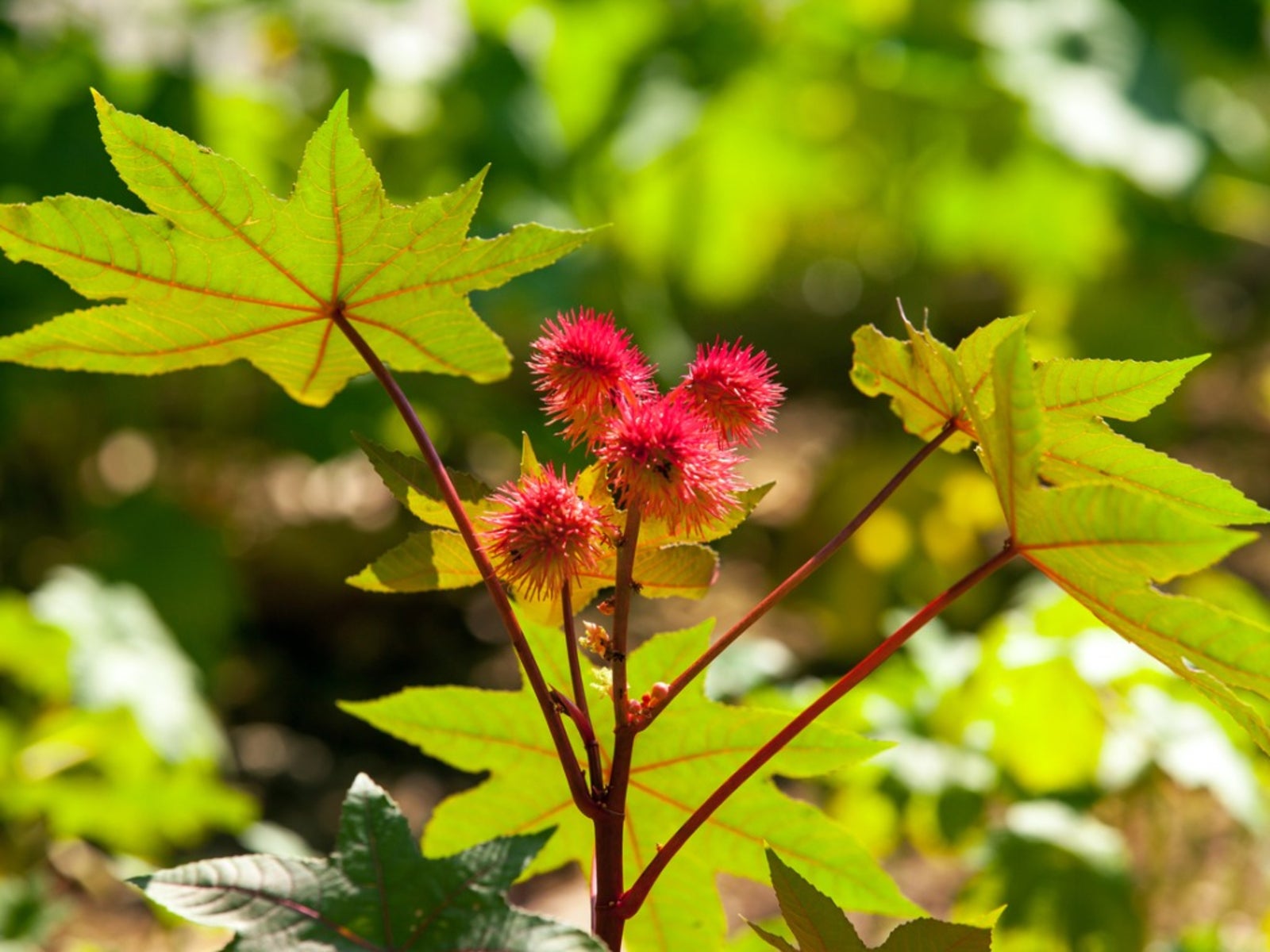Although they are useful in some cases, moles are generally considered the enemy of green spaces. These mammals often invade gardens and damage the lawn. Among these methods is the use of chemicals is of course prohibited for health reasons or for the well-being of your lawn. So what are the natural, ecological and more economical methods to keep moles away from your garden?
Contents
Why do I have moles in my garden ?
Moles are mammals that live exclusively underground where they dig galleries in search of food. Indeed, a mole can dig up to 20 meters of gallery in 24 hours. They invade gardens because they like fresh soil that is rich in worms, insects, mealy bugs and grubs. The more life in your soil, the more the moles can enjoy! Especially since these little creatures are real gourmets: they can eat half their weight every day.
When moles are deprived of food, they can die within 12 hours. That’s why they are constantly on the lookout for food, so they don’t hesitate to invade your garden. Moles can be a handicap for the development of your garden when they only dig with their large legs. They are capable of destroying your entire garden in a short period of time. But at the same time they help you to get rid of other pests in your garden.
Let’s take the opportunity to remind you of one important thing about them: The mole is a true carnivore that feeds exclusively on earthworms, grubs, worms and other slugs. They don’t want anything to do with your crops. It’s just that the soil of your vegetable garden is often quite soft and represents a very appreciable food guard.
How to recognize moles ?
With their black fur, their tiny eyes (and no, moles are not blind) and their long snouts, they are easily recognizable. You can spot them through the molehills, which are just little mountains of dirt that they bring to the surface when they dig their tunnels.
What other animals are burrowing in the garden?
When you see burrows in your garden, don’t automatically blame the moles. There are many other animals that also dig tunnels in the garden. Indeed, it can be a badger, a vole or a field mouse. Not to be confused with a mole.
The vole
A vole or prairie mouse
A little bigger than mice, voles are rodents that damage gardens very easily. They also dig shallow tunnels and live almost underground just like moles but voles are only vegetarians! These rodents feed on bark, seeds and roots. The vole is capable of digging through the soil to nearby plants or trees if it cannot find food.
For this reason, it is advisable to protect tree trunks with buried fencing and to avoid storing grain in gardens. However, it is easy to spot the vole burrow with their holes that are close together and connected by a run.
The badger
badger
Less frequent than the vole and the mole, the badger also digs underground galleries
This animal is a real digger of galleries just like the moles. The badger is characterized by its remarkable claws and can be identified by the shape of its footprints (5 pads).
In order to recognize the animals that dig in your garden, all you have to do is observe the nature of the holes made. These vary from one animal to another.
The particularity of the badger’s galleries is that it digs them from the outside unlike the mole which does it from the inside. This is to find food or to design its burrow. If the soil in your garden is sloped, it is probably home to badgers. It should be noted that badgers prefer sloping ground, as it allows them to easily remove spoil.
It should also be noted that damage to gardens is not only caused by moles, voles or badgers. Birds can also tear up lawns with their beaks. It is therefore important to adopt preventive solutions in this regard.
How to get rid of moles naturally?

The flowers of the common castor bean
It is undeniable that the presence of moles in your garden can become a problem for your garden and especially for your lawn. You must therefore get rid of them, and this, by effective natural methods.
It is important to note that moles are quite intelligent and suspicious animals. With very sensitive senses, they can recognize an environment that is dangerous for them. To help you, there are several methods to effectively get rid of moles in the garden. These alternatives are based on the biological qualities of moles (hearing and smell).
Ricinus communis is a plant rich in phosphorus and potassium. To chase away all the moles, it is advisable to plant it in your garden. Moreover, the castor is a very pretty shrub with beautiful red flowers. Thus, you can combine aesthetics and effectiveness.
An alternative to castor oil is the use of castor oil cake, a natural fertilizer that acts as a repellent. To do this, simply use this 100% natural fertilizer at the bottom of the lawn or vegetable garden in the molehills. It is effective, but its effect is short term. The fertilizer placed in the molehills will make the grass grow back and scare away the moles. However, it is important to be careful with this alternative. Although fertilizer is used to feed lawns or vegetable gardens, it can be toxic to pets.
Dog or cat hair

This terrible feline is actually a formidable predator for moles that venture into your garden
To scare away moles, playing on your sense of smell is an effective alternative. It is advisable to make use of dog hair. To do this, you will have to shave your dog and then place the hair in the molehills. You can also use synthetic hair as a repellent. This will give the moles a sense of the presence of a human or dog and they will move away from your garden.
You can also pour your cat’s litter into the molehills. This trick is also effective because cats are naturally the enemy of moles. Thus, the mole will prefer to move to another place than to smell a cat.
Olive oil
Contrary to what one might imagine, olive oil is just as effective as other solutions for fighting moles. To use this natural repellent, simply spray it on your garden lawn. You can also put a few drops of olive oil in the tunnels if they are visible. For this method to be effective, it is advisable to repeat the operation regularly, after each watering or rain.
Bulbous plants
Among the natural repellents to fight moles, we also distinguish bulbous plants. You can use for example fritillary, garlic, hyacinth or onion. To effectively get rid of moles, it is advisable to plant fritillary or mole grasses in the garden.
You can also use onions and garlic by peeling them. Then, it is up to you to introduce the contents into the molehills. The smell of these plants usually annoys moles. In addition to techniques based on smell, you can also play on its hearing.
Sound devices
Since the mole’s hearing is well developed, it is quite easy to play on this function to get rid of it. Sound devices can be designed according to your abilities or means. However, you can simply use an archaic or electronic device.
There are ultrasonic bollards specifically designed to control mole invasion. The sounds emitted by these devices keep moles out of your garden. Solar bollards, for example, are recommended. To optimize the effectiveness of these devices, it is advisable to frequently change their location.
Mole traps
It is also possible to use mole traps to get rid of moles. The special thing about this method is that it kills the moles once and for all. Thus, you can make use of metal or plastic mole traps. These traps are available on the market and are inexpensive.
For this trick, it is up to you to insert the system into the moles’ tunnels. After 24 or 48 hours, you will have to check the effectiveness of the traps and then get rid of the dead moles.
However, it should be noted that this method is not effective, as moles are generally alert to obstacles.
Can you get rid of moles with white vinegar?
Although white vinegar is a very good antibacterial and scale remover, it is not effective in getting rid of moles. Generally, people who have tried it in molehills have confirmed that it has no effect on moles. However, it is fine to use it for your garden as a natural weed killer. To do this, simply mix white vinegar with salt.
Methods to avoid

A mole coming out of a molehill
It is possible to use other methods to get rid of moles. Nevertheless, it should be noted that not all methods are effective. There are some that may not be of any use and others that may be harmful to you.
Baking soda
Although baking soda is a natural ingredient, it will not be of much use to you as will white vinegar.
Rose branches or bottle shards
Many people prefer to place broken bottles or rose branches in molehills to get rid of these mammals. However, it is important to note that moles are definitely not hemophiliacs. Placing these items in their path will only serve to injure them. Your children can play in the garden and this solution represents a real danger for them. That is why this method is not recommended.
Mothballs
The use of mothballs is also not recommended for use in gardens. Naphthalene is a chemical pesticide that is harmful and dangerous to the environment. It is a carcinogenic product that is difficult to degrade.
Moreover, it is also not recommended to plant Euphorbia lathyris although this plant is natural. It should be noted that it is toxic and its contact with the mouth or eyes is dangerous. If you have children at home, this method should be avoided.
In summary, it should be noted that with simple natural tricks, it is easy to get rid of moles that can easily harm your garden. These natural methods are beneficial and economical while helping you get rid of moles. They can also be used against other pests such as field mice, birds and insects.
However, in your fight against moles, it is important to avoid using certain methods even if they are natural. If these mammals are resistant to the various tricks, do not hesitate to call a professional.










